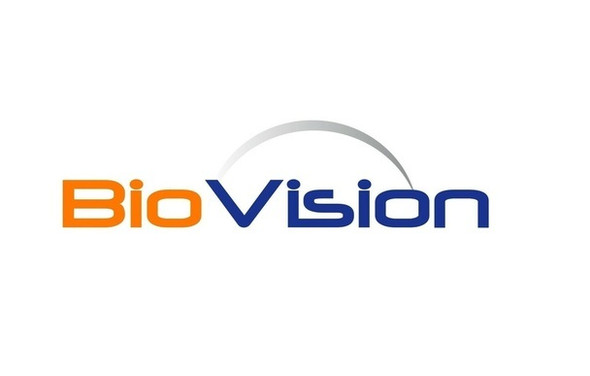Biovision
Human CellExp™ FGL1, Human Recombinant
- SKU:
- 26-P1476
- Availability:
- Usually Shipped in 5 Working Days
- Storage Temperature:
- -20°C
- Shipping Conditions:
- Gel Pack
- Shelf Life:
- 12 months
Description
Biomolecule/Target: N/A
Synonyms: FGL1, Hepassocin, HP-041, HFREP-1, LFIRE-1, HFREP1
Alternates names: FGL1, Hepassocin, HP-041, HFREP-1, LFIRE-1, HFREP1
Taglines: A novel targets for radiation-induced lung fibrosis
Taglines: USA
Country of Animal Origin: USA
NCBI Gene ID #.: 2267
NCBI Gene Symbol: FGL1
Gene Source: Human
Accession #: Q08830
Recombinant: True
Source: HEK 293 cells
Purity by SDS-PAGE #: >95%
Assay: N/A
Purity: N/A
Assay #2: N/A
Endotoxin Level: Less than 1.0 EU per μg by the LAL method.
Activity (Specifications/test method): Immobilized Human LAG-3, Mouse IgG2a Fc Tag at 10 μg/mL (100 μL/well) can bind Human FGL1, His Tag with a linear range of 0.078-0.625 μg/mL. Serial dilutions of Anti-LAG3, Neutralizing Antibody were added into Human FGL1, His Tag: Biotinylated Human LAG-3, Fc, Avitag binding reactions. The half maximal inhibitory concentration (IC50) is 0.16695 μg/mL
Biological activity: N/A
Results: N/A
Binding Capacity: N/A
Unit Definition: N/A
Molecular Weight: This protein carries a polyhistidine tag at the N-terminus. The protein has a calculated MW of 36.0 kDa. The protein migrates as 33-35 kDa under reducing (R) condition (SDS-PAGE) due to glycosylation.
Concentration: N/A
Appearance: Lyophilized powder
Physical form description: Lyophilized
Reconstitution Instructions: Reconstitute in sterile deionized water to the desired protein concentration.
Background Information: Fibrinogen-like protein 1(FGL1) is also known as HP-041, Hepassocin, HFREP-1, LFIRE-1. The protective effect of fibrinogen-like protein 1 (FGL1) in liver injury has previously been reported. However, studies have shown that FGL1 may be a predictor of GC patients and a target for GC therapy. Immunocytochemical studies revealed that fgl1 selectively binds to defective spermatozoa in the cauda epididymidis. Northern blot analysis and in situ hybridization demonstrated the high expression of fgl1 in the principal cells of the proximal cauda epididymidis. Immunofluorescence analysis using mouse fibrotic lung tissues suggested that fibrotic regions showed increased expressions of Gtse1 and Fgl1, Gtse1 and Fgl1 are suggested to be novel targets for radiation-induced lung fibrosis.
Amino acid sequence: Leu 23 - Ile 312
Handling: Centrifuge the vial prior to opening.
Usage: For Research Use Only! Not to be used in humans






